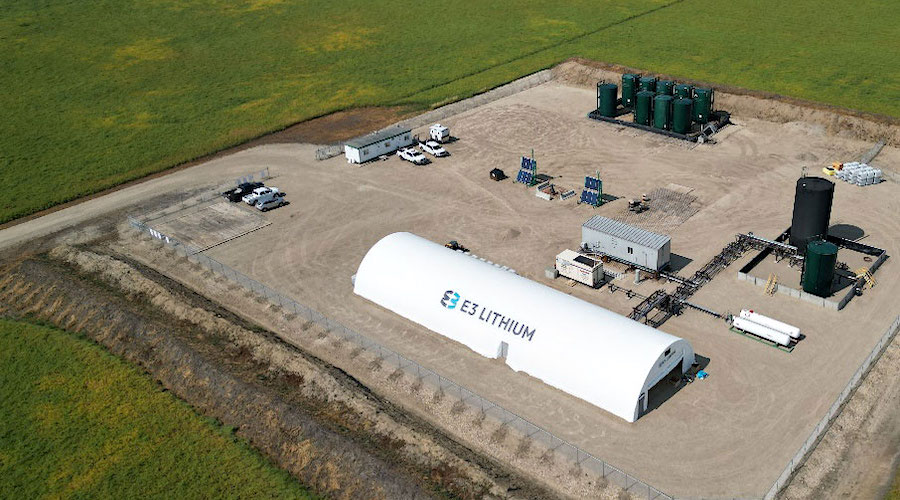
Aerospace Demand Drivers Explained
Crucially, airframe manufacturers’ production rates significantly increase. Consequently, they greatly boost titanium demand. Moreover, MRO services see a noticeable uptick as well. For example, Airbus and Boeing face over 14,000 aircraft deliveries by 2034. Subsequently, this intensifies the need for titanium materials. Additionally, current engines, like CFM’s LEAP, grow too. Similarly, Pratt & Whitney’s engines will increase 53% within two years.
In addition, ATI’s president, Marty Pike, emphasizes titanium’s numerous opportunities. Specifically, companies need both standard and premium titanium now. Importantly, titanium remains vital for key engine parts. These include compressor discs, turbine blades, and, lastly, fasteners. Evidently, aircraft performance relies heavily on these parts.
Moreover, spare parts demand sees an increasing proportion recently. Spares traditionally comprised 25% of material demand. However, projections show a rise to 30% to 50% presently. Essentially, airlines extend fleets’ lifespan, therefore, accelerating maintenance cycles.
Titanium’s Defense Market Role Expands
Furthermore, defense applications find titanium more vital presently. Initially, geopolitical tensions, and rising defense budgets drove demand. Indeed, budgets reached $2.44 trillion globally in 2023. Subsequently, military equipment, jets, drones use titanium increasingly. Correspondingly, Howmet Aerospace’s Sam Stiller notes titanium’s distinct advantages. Namely, titanium’s lightweight nature and high-temperature resilience suit stealth drones especially. For example, F-35 fighter jets use 20% titanium by weight presently.
Navigating Growth Challenges Carefully
Nevertheless, industry experts caution about ongoing supply chain bottlenecks. Additionally, manufacturers struggle with presently constrained production rates. However, sustained defense demand, alongside increased aerospace output, highlights long-term growth clearly.











Leave a Reply
You must be logged in to post a comment.